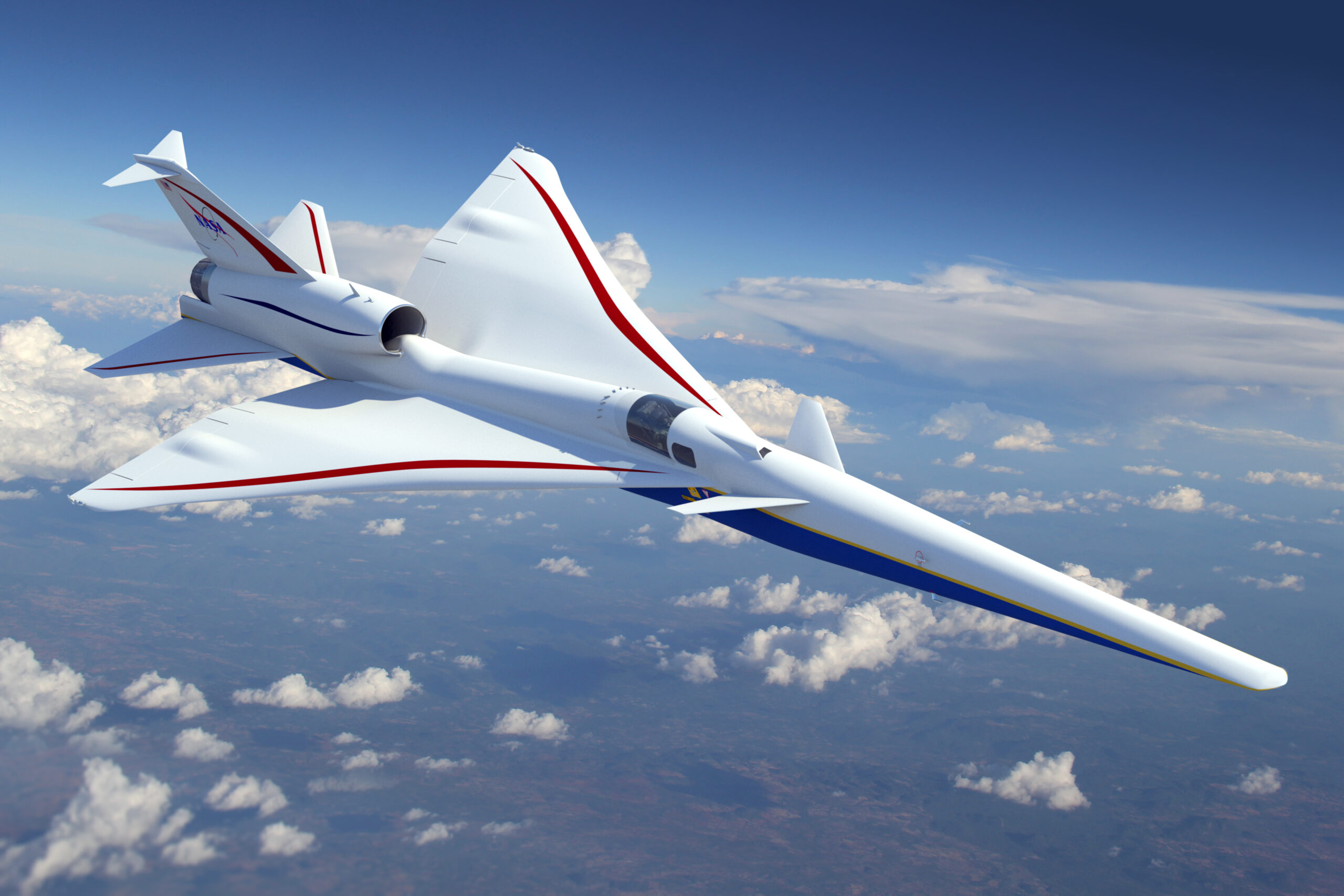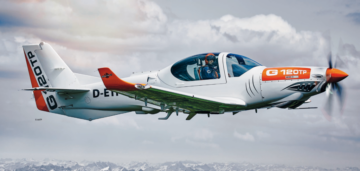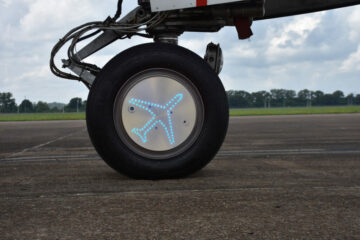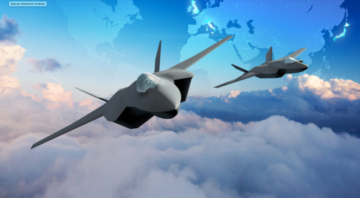
On this landmark day, January 12, the aeronautical world steps into a new era with NASA’s official unveiling of the X-59 aircraft. This event, symbolizing a commitment to quieter supersonic travel, opens the door to potentially altering regulations that have long restricted faster-than-sound flights over land.
Today marks a pivotal moment in aviation history as NASA introduces the X-59 aircraft to the world during a rollout ceremony at Lockheed Martin’s Skunk Works facility in Palmdale, California. This historic event, broadcast live on NASA TV, represents the culmination of years of innovation and dedication in supersonic aviation.
At the heart of NASA’s Quesst mission, the X-59 is set to embark on the first phase of its mission, aiming to break the sound barrier without the associated loud sonic booms. This ambitious goal has the potential to not only change our perception of supersonic flight but also to influence regulations surrounding commercial flights over land.
Catherine Bahm, manager of NASA’s Low Boom Flight Demonstrator project overseeing the development and construction of the X-59, emphasized the significance of this milestone. “The rollout is a major step towards achieving the overarching goal of the Quesst mission – to quiet the sonic boom,” Bahm stated.
The Quesst mission, a part of NASA’s initiative, involves flying the X-59 over selected communities in the United States and gathering data on what people on the ground hear as it passes overhead. This information will be crucial for regulators who might consider revising rules that currently ban faster-than-sound flights over land due to noise concerns.
The development and construction of the X-59 have been an example of innovation and detailed work spanning several years. Every new aircraft design contributes to advancing flight technology – especially in the case of X-planes, whose mission is to continually push the boundaries of what’s possible.
Revealing the X-59 to the world not only showcases the technical achievements of the aircraft but also represents the future of flight and the spirit of aeronautical research. For the team, some of whom have been involved in the project since the creation of the first component, the unveiling of the X-59 will be an exceptionally special moment.
Overall, the rollout of the X-59 signals that the future of commercial supersonic travel over land may be closer than previously thought. Although there is still a long journey ahead, the potential for supersonic travel is now nearer to reality.
Text by: Katerina Urbanova, EIC at ACE
Photo credit: Lockheed Martin/Wikipedia
- SEO Powered Content & PR Distribution. Get Amplified Today.
- PlatoData.Network Vertical Generative Ai. Empower Yourself. Access Here.
- PlatoAiStream. Web3 Intelligence. Knowledge Amplified. Access Here.
- PlatoESG. Carbon, CleanTech, Energy, Environment, Solar, Waste Management. Access Here.
- PlatoHealth. Biotech and Clinical Trials Intelligence. Access Here.
- Source: https://aero-space.eu/2024/01/12/a-sonic-revolution-nasa-unveils-x-59-ushering-in-a-new-dawn-of-supersonic-travel/
- :has
- :is
- :not
- 12
- a
- ace
- achievements
- achieving
- advancing
- Aerospace
- ahead
- Aiming
- aircraft
- also
- Although
- ambitious
- an
- and
- AS
- associated
- At
- aviation
- Ban
- barrier
- BE
- been
- boom
- boundaries
- Break
- broadcast
- but
- by
- california
- case
- central
- central europe
- ceremony
- change
- closer
- commercial
- commitment
- Communities
- component
- Concerns
- Consider
- construction
- continually
- contributes
- creation
- credit
- crucial
- Currently
- data
- day
- dedication
- Design
- detailed
- Development
- Door
- due
- during
- embark
- emphasized
- Era
- especially
- Europe
- Event
- Every
- example
- exceptionally
- Facility
- First
- flight
- Flights
- flying
- For
- future
- gathering
- goal
- Ground
- Have
- hear
- Heart
- historic
- history
- HTTPS
- in
- influence
- information
- Initiative
- Innovation
- into
- Introduces
- involved
- involves
- IT
- ITS
- January
- journey
- jpg
- Land
- landmark
- live
- Long
- loud
- Low
- major
- manager
- May..
- might
- milestone
- Mission
- moment
- Nasa
- New
- Noise
- now
- of
- official
- on
- only
- opens
- our
- over
- overarching
- overseeing
- part
- passes
- People
- perception
- phase
- pivotal
- plato
- Plato Data Intelligence
- PlatoData
- possible
- potential
- potentially
- previously
- project
- Push
- quiet
- Reality
- regulations
- Regulators
- represents
- research
- restricted
- Revolution
- rollout
- rules
- selected
- set
- several
- signals
- significance
- since
- some
- Sound
- spanning
- special
- spirit
- stated
- States
- Step
- Steps
- Still
- supersonic
- Surrounding
- symbolizing
- team
- Technical
- Technology
- than
- that
- The
- The Future
- the world
- There.
- this
- thought
- to
- towards
- travel
- tv
- United
- United States
- unveiling
- Unveils
- ushering
- What
- WHO
- whom
- whose
- will
- with
- without
- Work
- works
- world
- years
- zephyrnet







